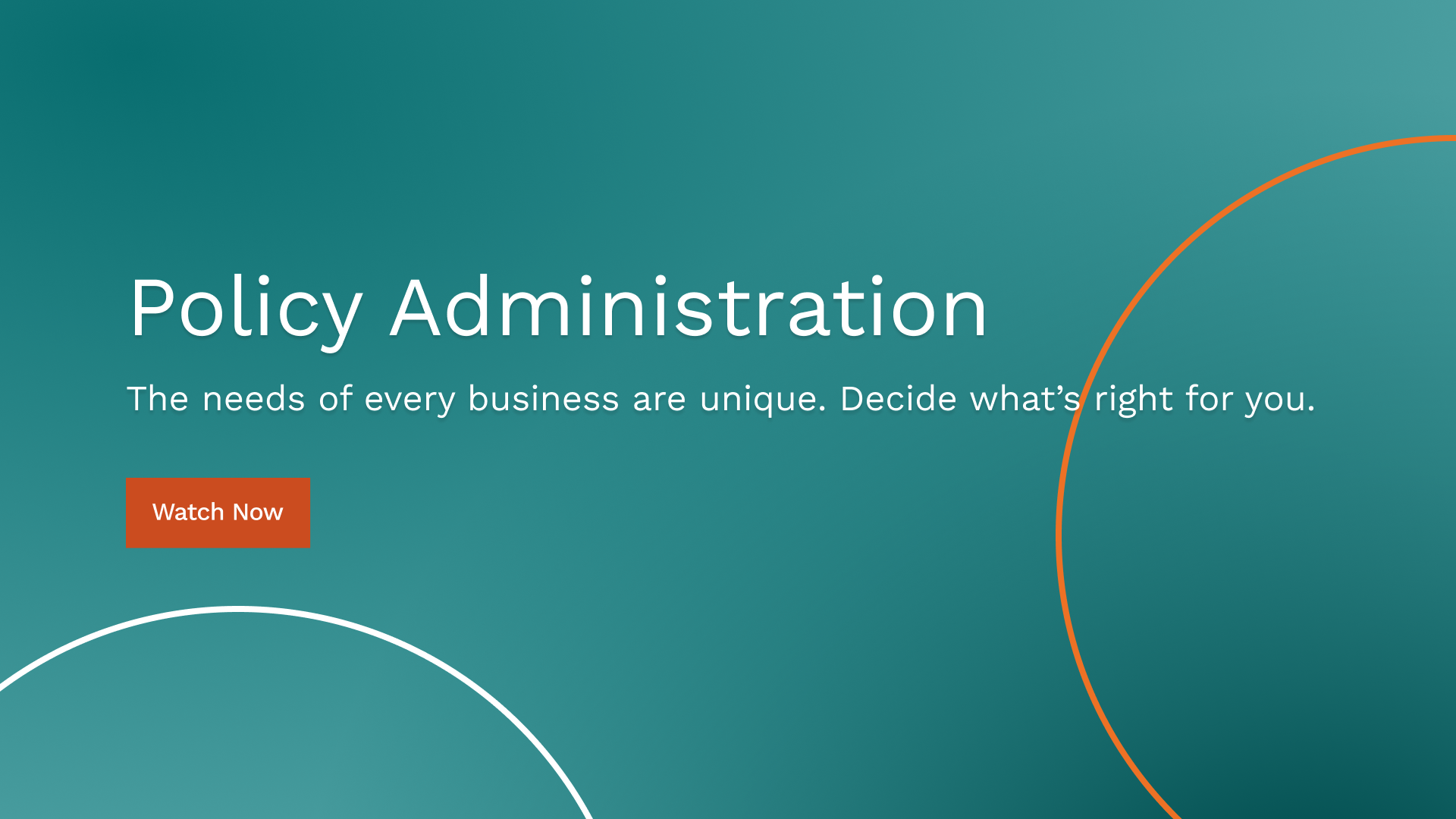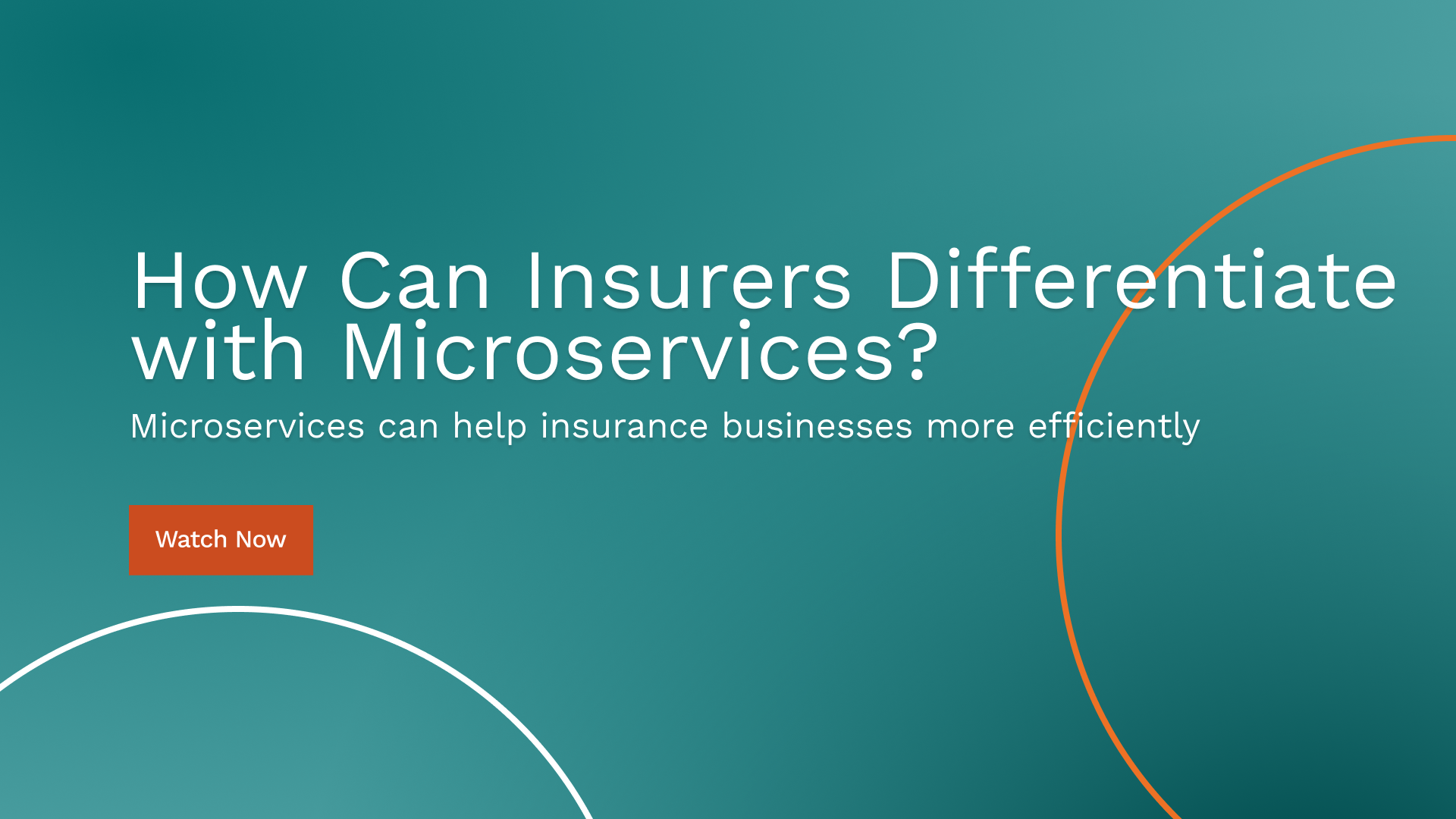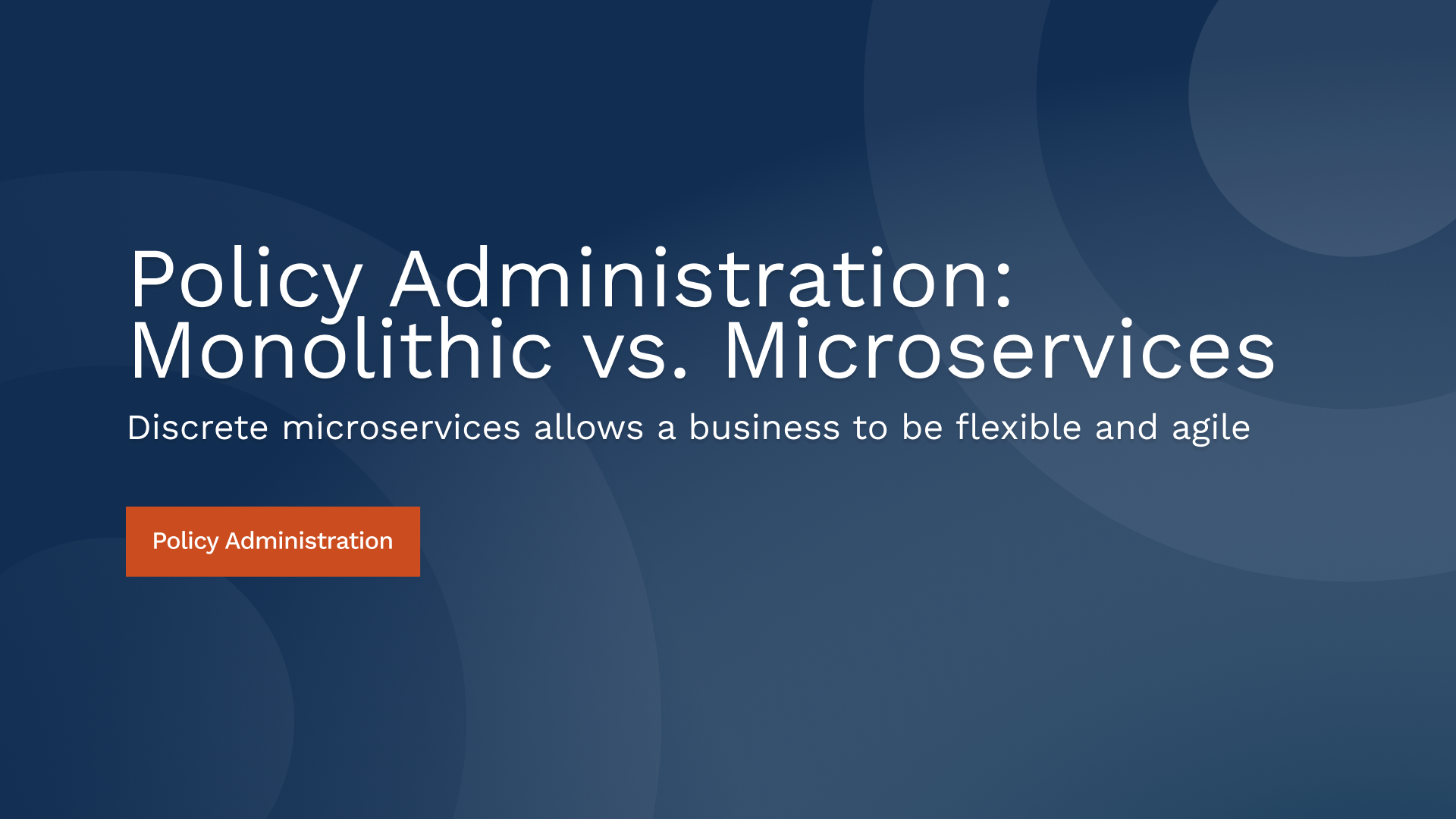Insurance policy administration systems have dramatically evolved in recent years, becoming more dynamic and flexible. Modern technologies have revolutionized the user experience and made it easier for businesses to onboard and maintain innovative insurance products.
The evolution of insurance policy administration systems from cumbersome, monolithic systems to flexible, adaptive solutions is changing the insurance industry from the inside out.
Features of Modern Insurance Technology
- Custom user experience (UI).
- Faster onboard times.
- Unprecedented transaction speed and performance.
- Select just the policy administration services that you need.
- Easy integrations.
- Channel partner ecosystem.
Cloud-Based Policy Administration Systems
Insurance policy administration systems are rapidly migrating to cloud-based environments. Cloud computing has several benefits, especially regarding insurance policy administration.
- Increased flexibility: Efficient implementation of new applications.
- Better resource management: Reduced IT and operational costs.
- Improved scalability: Developer-friendly.
- Built-in redundancy: Faster, easier disaster recovery.
Insurance Microservices
As cloud adoption grows, the shift to microservices is becoming more pronounced. How do insurance microservices actually contribute to a modern policy administration system?
Insurers will gain several benefits through the use of microservices. Cost and time savings are paramount to efficiency, and microservices will enable insurers to adapt, update, and focus on individual components and capabilities versus having to update their entire system.
Microservices architecture is a development strategy that utilizes a series of independently deployable, modular applications that constitute a full-scale enterprise application. Microservices bring agility, scalability, and reliability to insurance policy administration systems.
Microservices components can be used to implement different APIs that typically have one job, or a small set of jobs, that function as individual building blocks. In addition, microservices require less maintenance, focusing on individual components, as opposed to the all-inclusive approach of monolithic applications. Developers can focus their efforts on delivering targeted applications that solve business problems rather than working within an outdated architecture.
Microservices offer a range of policy administration functionality, including:
- Submission and Quote Life Cycle APIs
- Policy Life Cycle APIs
- Document Generation APIs
- Billing Life Cycle APIs
- Discrete Services APIs
Another inefficiency in insurance policy administration is with ISO circular updates and analysis. With microservices architecture and innovative vendors, carriers have eliminated this problem. Carriers can immediately adopt new changes using ISO updates, available within 24 hours of the newest ISO ERC version releases.
According to Verisk, automating the circular process using ISO ERC results in approximately a 58% decrease in work time for IT modifications and a 35% decrease in overall cost, giving carriers the freedom to add value in more meaningful ways to help the organization grow.
Third-Party Integrations
One of the greatest advantages of a cloud-based microservices architecture for an insurance policy administration system is the seamless integration and use of common third-party content and service providers.
For examples of third-party content and services that work effectively in policy administration, reference Solartis Insure’s Third Party Service Integrations Catalog.
Popular integrations include:
- ISO ERC
- RiskMeter
- Google Maps
- Zillow
- Chase PaymentTech
Policy Administration Systems
A cloud-based insurance policy administration system coupled with microservices architecture mitigates the need for a complete system overhaul. Carriers can continue leveraging their existing policy administration system by replacing costly and time-consuming components like rating and document production. They can extend these components (APIs) to their channel partner platforms.
Implementing Solartis Insure will give your organization the flexibility, scalability, and reliability needed to run an effective policy administration system that meets customers’ needs, reduces costs, and increases revenue and profits.
Request a demo of Solartis Insure to see effective insurance policy administration software in action. Learn more about why microservices are the right choice for you.





